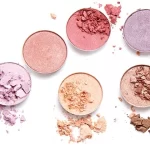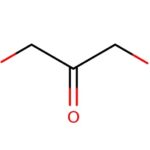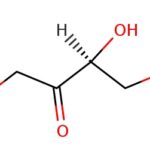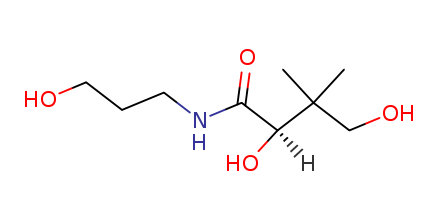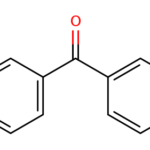Introduction: What is undecylenoyl phenylalanine?
Undecylenoyl Phenylalanine (UPA) is an intriguing compound characterized by its unique structure and potential benefits. Let’s delve into its definition, followed by examples illustrating its utility.
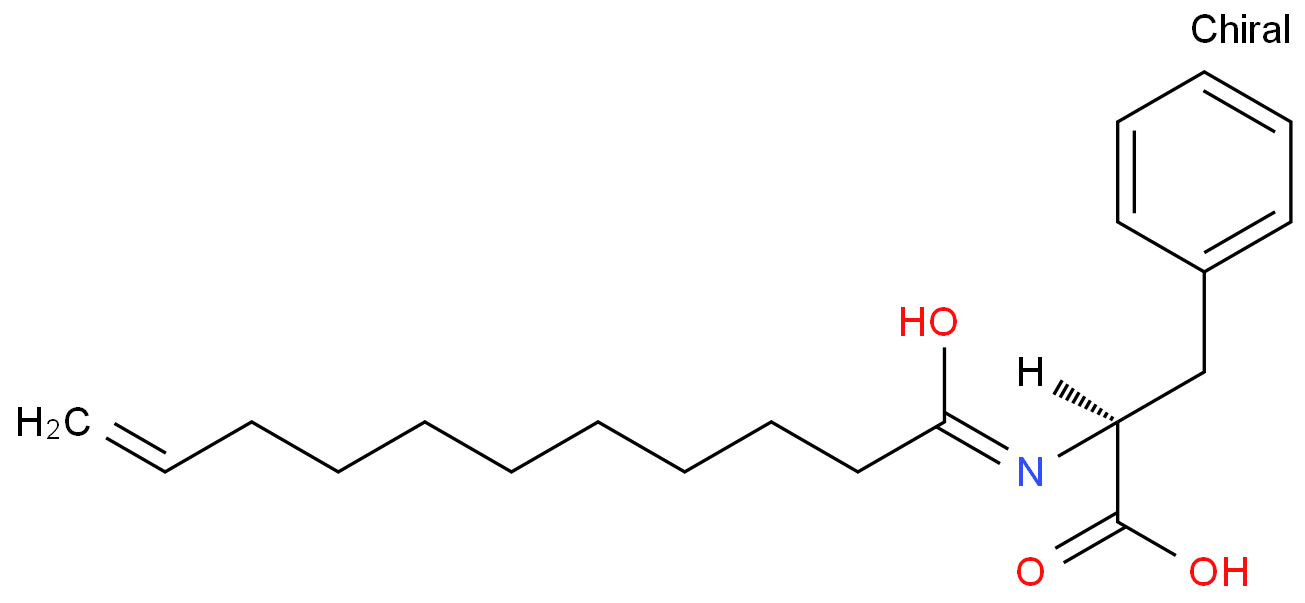
UPA, also known as undecylenoyl phenylalanyl, is a derivative naturally produced from both phenylalanine and tyrosine metabolism. This compound is present in various foods and was previously linked to symptoms reminiscent of autism and other psychiatric disorders. Historically, it was explored as a treatment for autism; however, this application has been surpassed by more effective pharmaceutical interventions designed to address the condition.
Significance of UPA: Contrary to the misconception that UPA causes conditions like autism, there is limited evidence to support such claims. Its impact on cognition is relatively modest, comparable to drugs like Strattera, which influence dopamine receptors. The true value of UPA lies in its potential to alleviate depression and anxiety.
Specifically, UPA operates as a serotonin receptor agonist, not only influencing serotonergic neurons in the brain but also directly targeting serotonin receptors themselves. Rather than disrupting normal cognitive function, UPA modulates these receptors, leading to improved mood and reduced anxiety. This property makes it particularly suitable for treating cases of depression and anxiety triggered by stress or other factors that induce feelings of unease or sadness, irrespective of an individual’s cognitive state. Notably, a common side effect associated with UPA usage is “foggy brain,” characterized by impaired information processing.
2. Best Application #1: Reducing wrinkles and fine lines
Undecylthenylphenylalanine (UDP) is an organic molecule with a structure similar to phenylalanine. However, it has a distinct feature: it possesses two carbons attached to the nitrogen atom instead of just one. These secondary carbons have been discovered to enhance collagen production and reduce the appearance of wrinkles.

The primary application of UDP is in skincare products. A well-known brand and product category involve “UDP-based” skincare items. While UBP can be substituted with other amino acid derivatives like glycine or glutamine to potentially enhance its wrinkle-reducing properties, if your goal is wrinkle reduction, using UDP is advised for optimal results.
3. Best Application #2: Fading age spots and sun damage

4. Best Application #3: Stimulating collagen production
The L-Carnitine Miracle

5. Best Application #4: Minimizing pore size

6. Best Application #5: Improving skin elasticity

Undecylenoyl phenylalanine (UPA), also known as 2-phenylethylglycine, is a naturally occurring amino acid that shares chemical similarities with methyldopa (also known as L-dopa) and serves as a precursor to the neurotransmitter dopamine. It is present in all mammals, including humans. Recent discoveries indicate its presence in pet food powders, and it is also found in egg yolks and milk. However, there is no evidence to suggest its occurrence in real red meat or poultry.
This amino acid has demonstrated significant potential for use in cosmetic products, particularly in the realm of skincare.
One of the most effective applications of UPA is likely as a topical cream. This cream can be directly applied to the skin or used topically before being rinsed off or left on the skin for a duration of up to 12 hours, as long as the skin remains dry. The mechanism underlying UPA’s efficacy in this context is its ability to penetrate deeply into the dermal layer of the skin, unlike creams such as Cetaphil that only reach the outermost layer, or epidermis. A study conducted by researchers at Texas Tech University revealed that UPA can permeate through the epidermis and reach deeper layers of the dermis without extending into adjacent muscle tissue. By penetrating deeply into the dermis, UPA can exert its effects by slowing or halting its diffusion at this deeper tissue layer. This process leads to an increase in thickness and elasticity, particularly around scars or other marks that remain after treatment with conventional topical creams like Cetaphil.
7. Conclusion: The many benefits of using undecylenoyl phenylalanine
Undecylenoyl phenylalanine (UPN) is a derivative of phenylalanine, an amino acid found in proteins. It has been used as a supplement since the 1960s. Despite its presence in supplement circles for over 40 years, there is limited literature available regarding its benefits, and its recognition within the field remains limited.
UPN’s utilization is particularly widespread in bodybuilding communities, largely due to its perceived cardiovascular advantages. It is believed to accelerate heart rate and enhance blood flow. However, much of the existing research on UPN’s effects, especially concerning weight loss, has been conducted on animals such as rabbits and rodents.
Given this, there is interest in investigating UPN’s potential as a weight loss aid for humans and exploring its broader benefits. As a result, a closer examination of the scientific foundation behind undecylenoyl phenylalanine (UPN) was undertaken.






